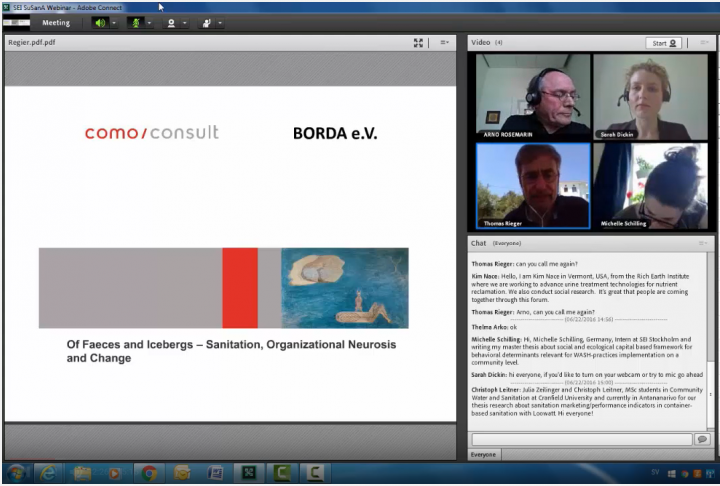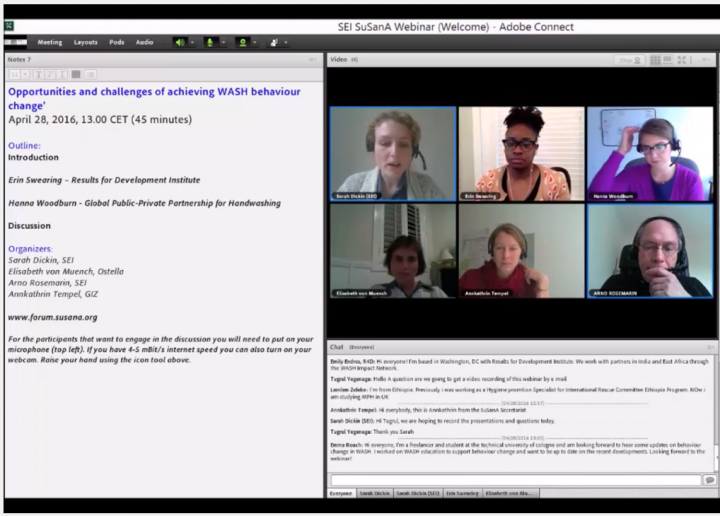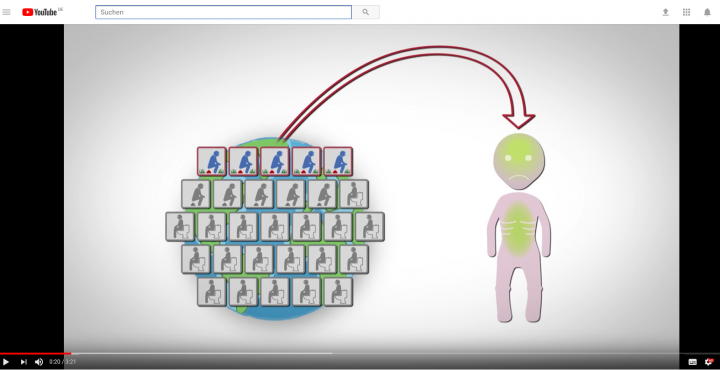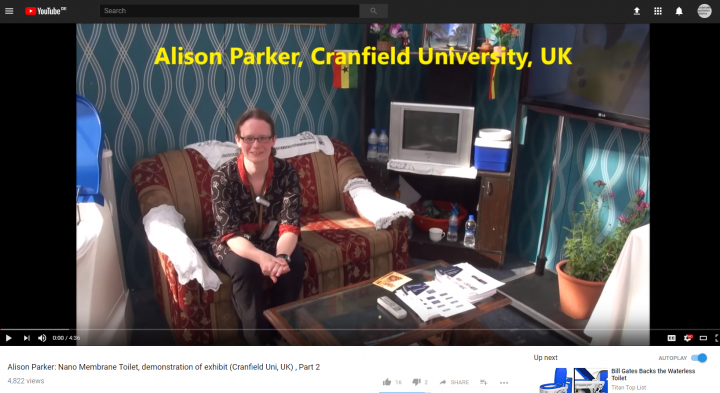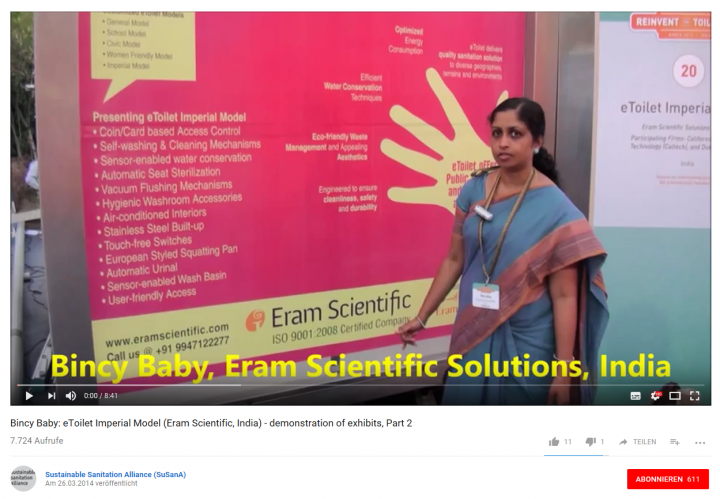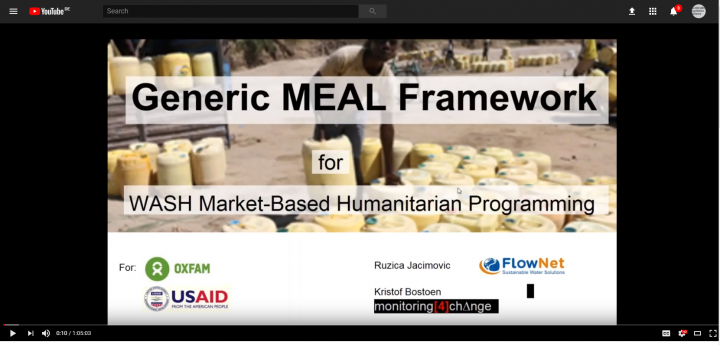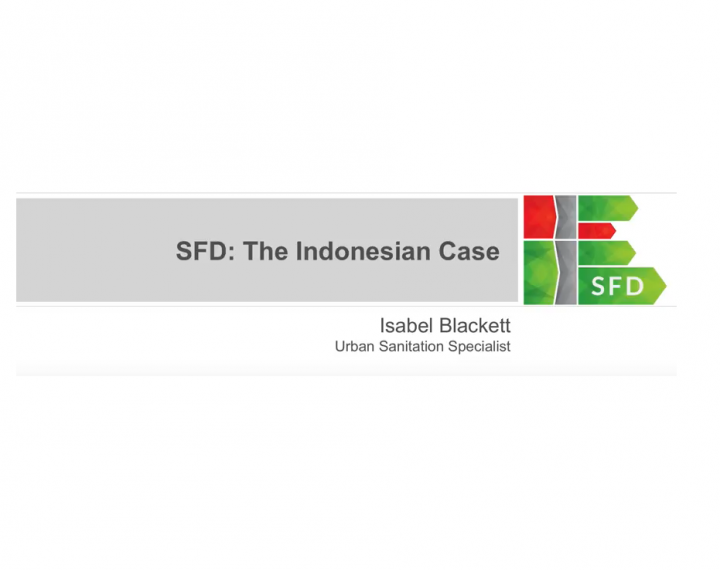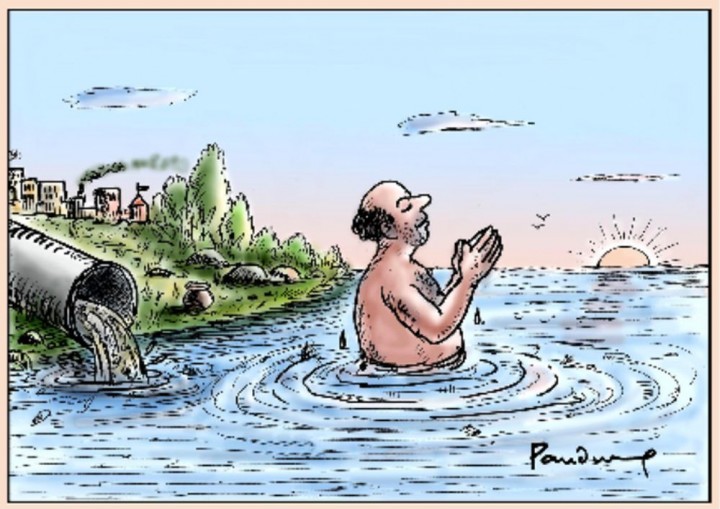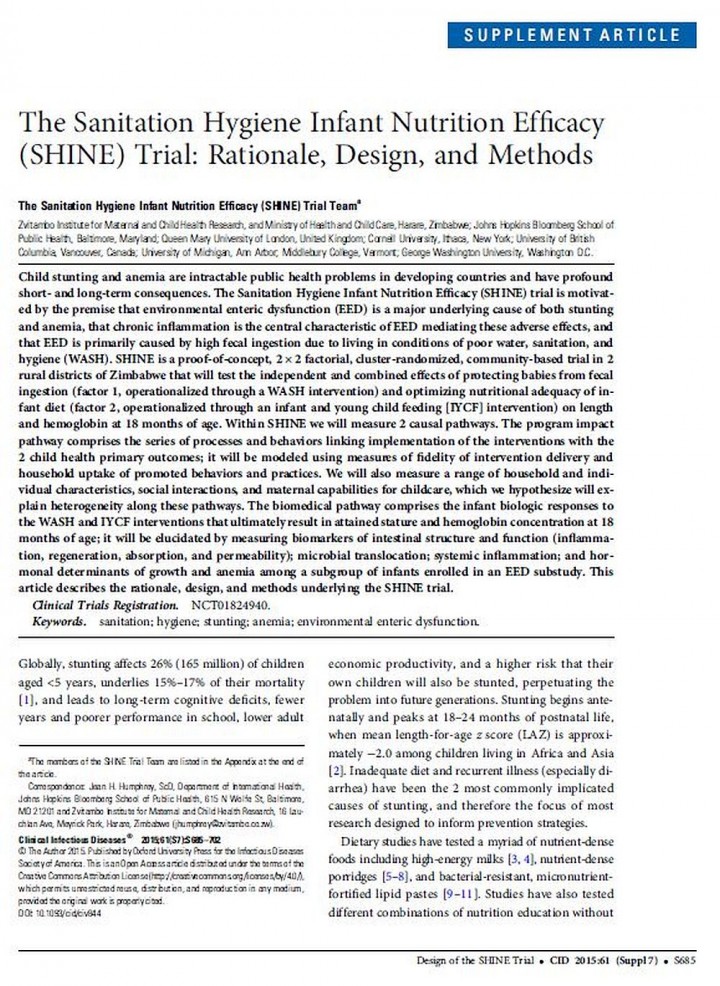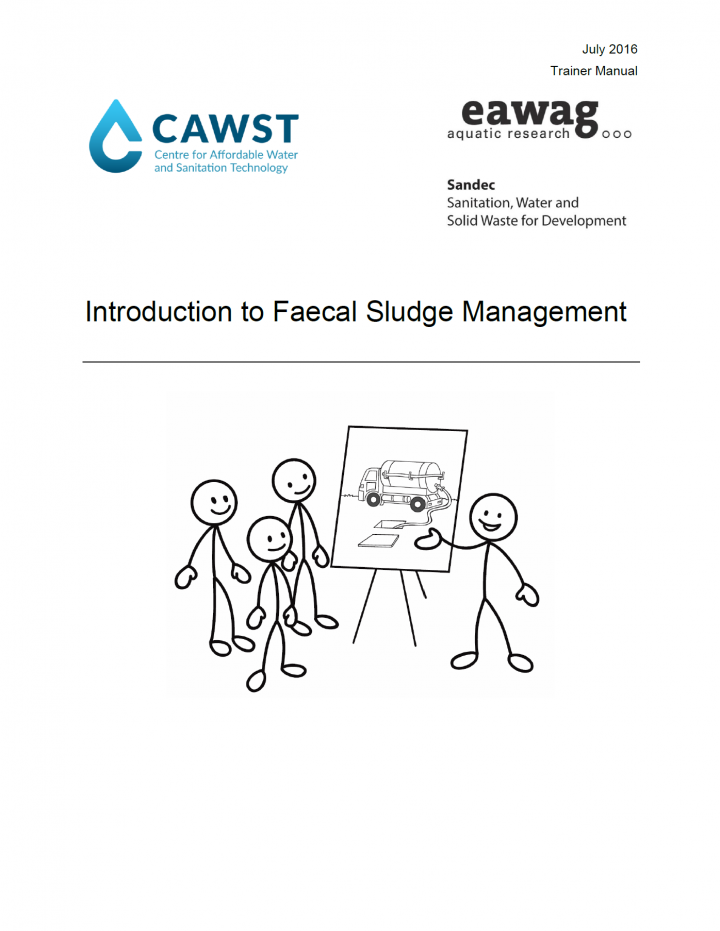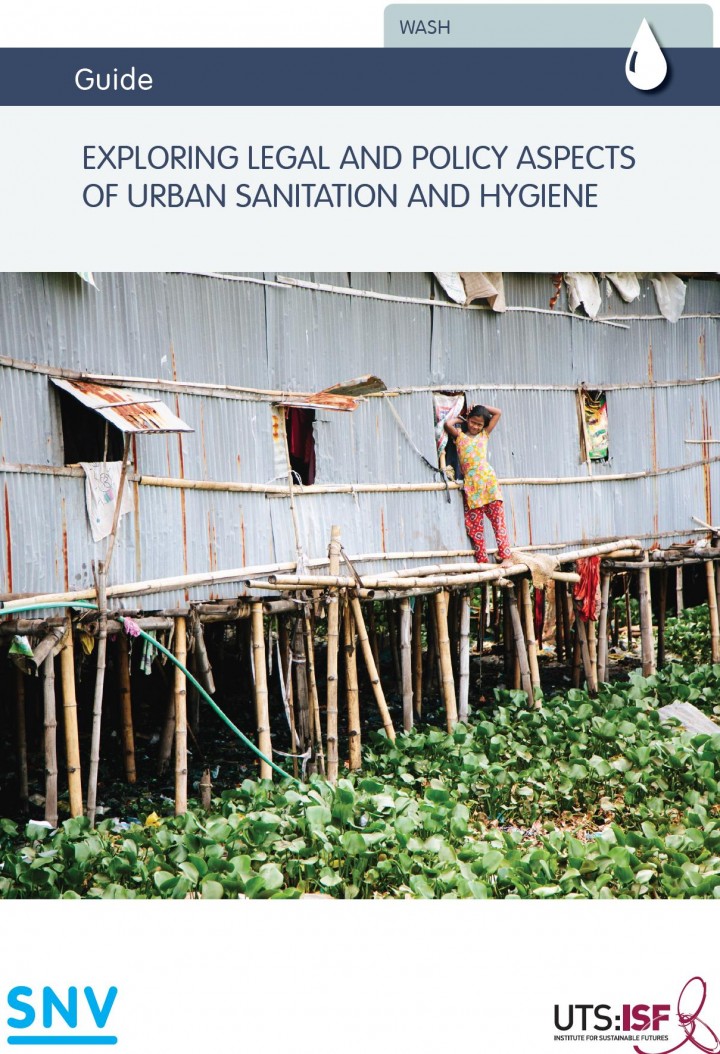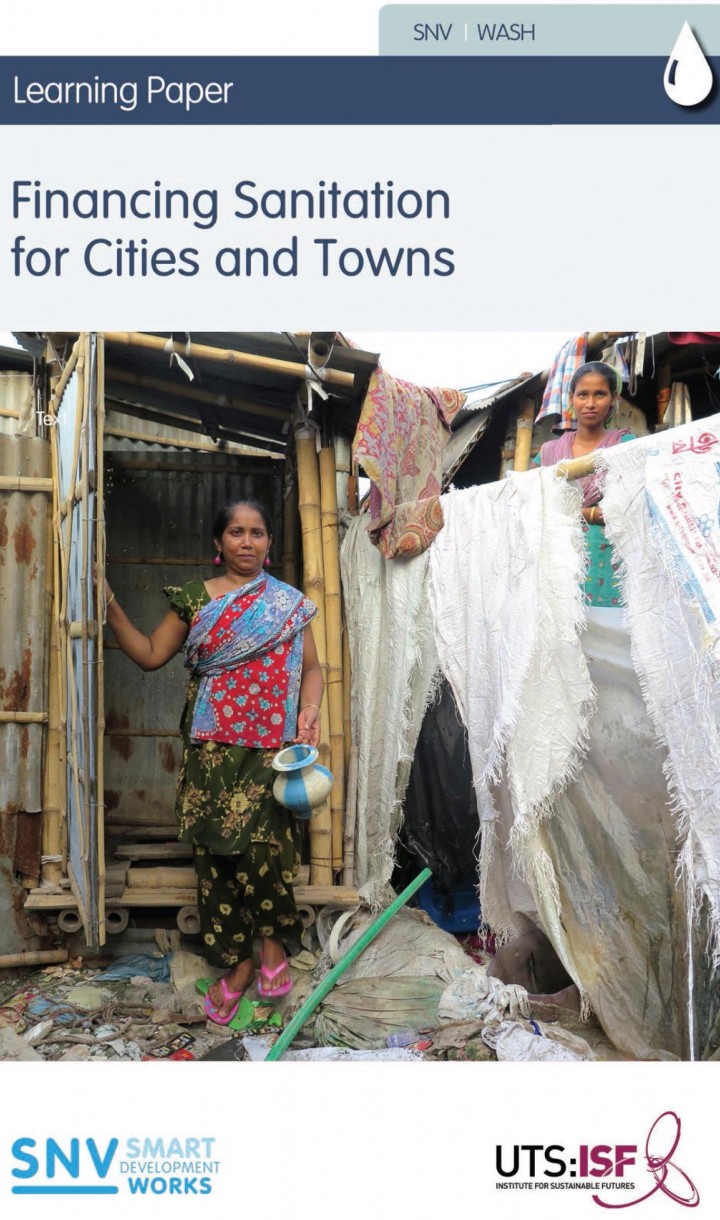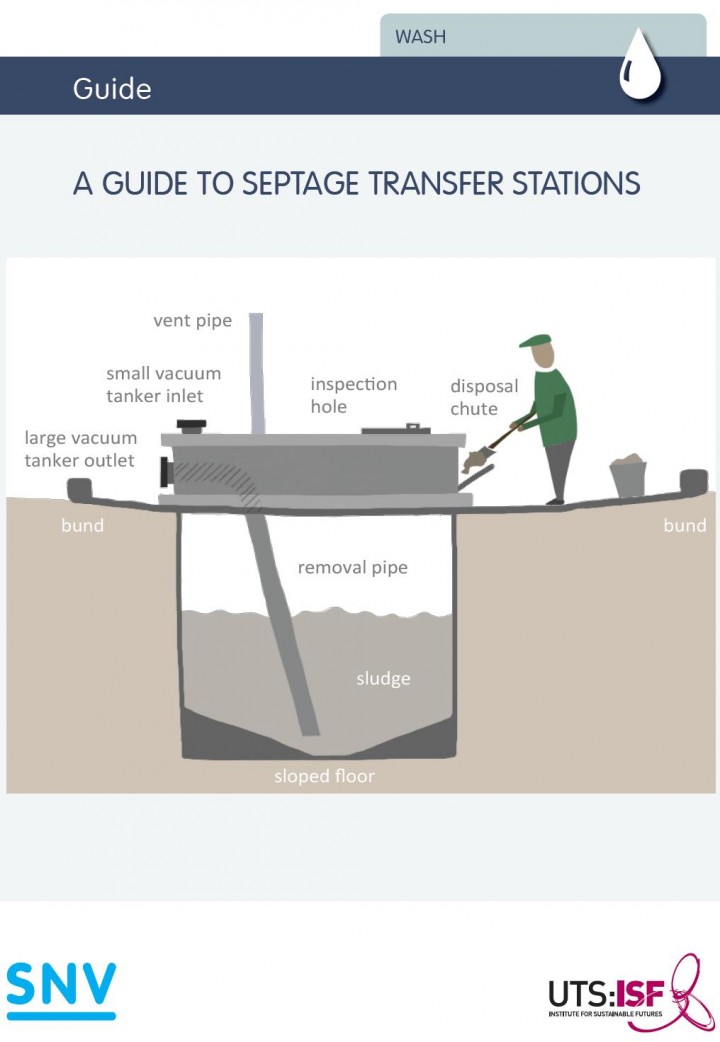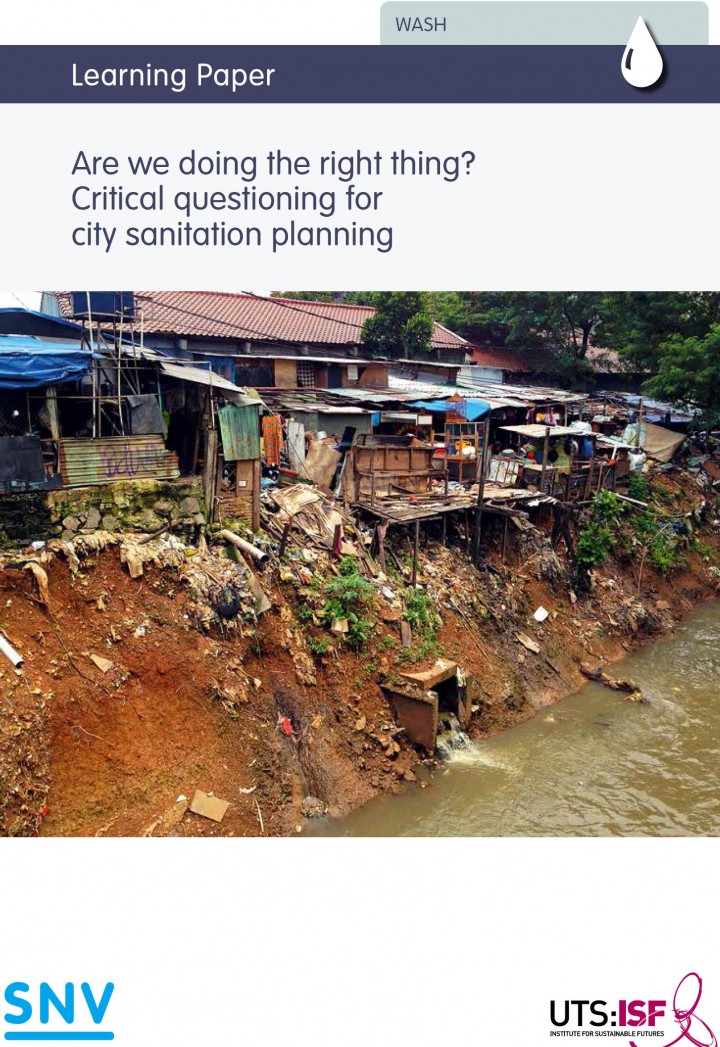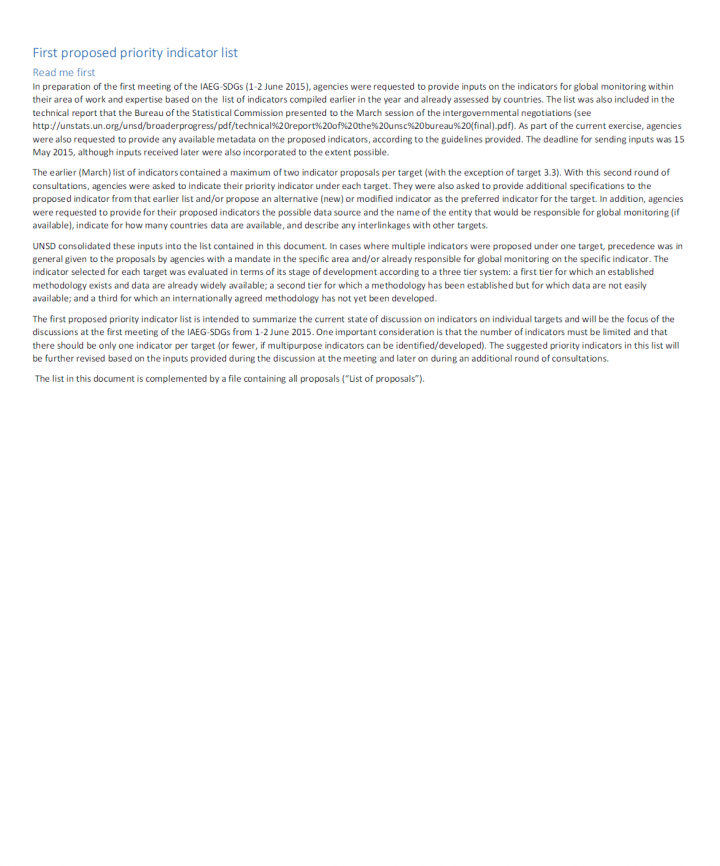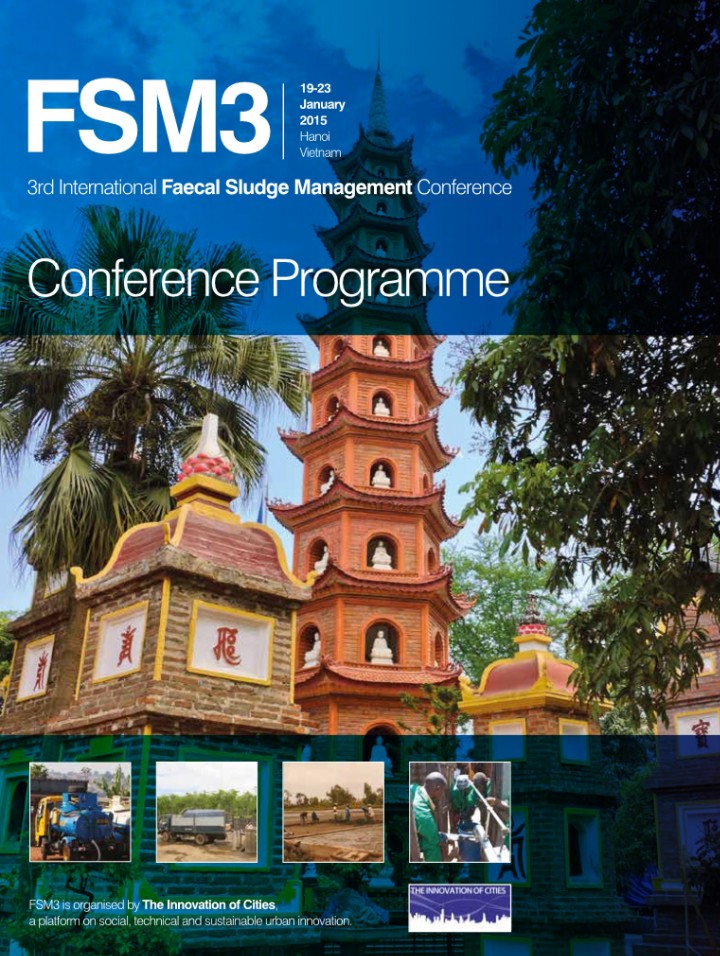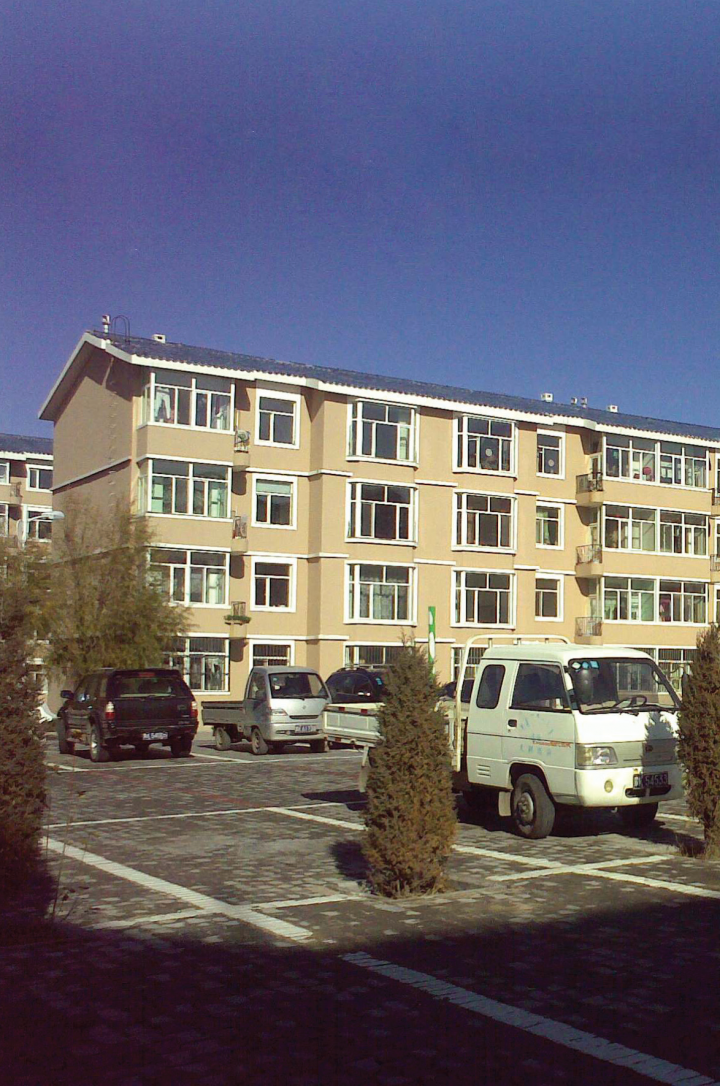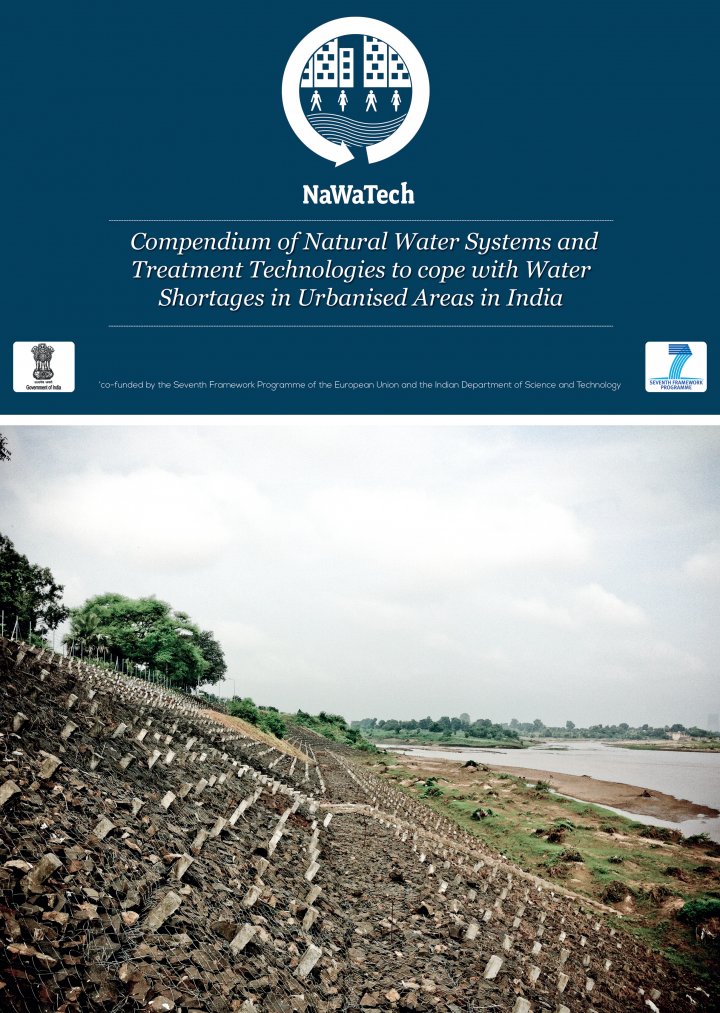Searching for information on Sanitation Workers?
The Sanitation Workers Knowledge + Learning Hub is the best source for all current news, trends, articles and updates on sanitation workers rights around the world.
Case study tutorials under the Swachh Bharat Mission of the Government of India.
The Kochi module reflects the best practices on source segregation of waste as exemplified by the Kochi Municipal Corporation. The case study shows how source segregation, composting, stringent legal system coupled with multi-stakeholder participation leads to effective waste managemnet in urban places which are …
Like many cities in India, the city of Nashik is also struggling with citywide Solid Waste and Wastewater management. Therefore, there is an urgent need for an integrated approach to solid waste and wastewater management on the one hand and control of Green House Gas (GHG) emissions on the other hand. The Waste to Energy Project in Nashik is one such solution through co-processing of septage …
The goal of this project was to develop several prototypes of a mechanised, pedal-operated, low-cost, easy-to-use, odourless urine-diverting dry toilet (UDDT).
Chuck was interviewed by Elisabeth von Muench on 22 March 2014 at Taj Palace Hotel in Delhi, India. Filmed by Arno Rosemarin (SEI) during the "Reinvent the Toilet Fair".
Alison Parker and her team at Cranfield University has been challenged to "Reinvent the Toilet". They propose a solution that uses membranes and electro-spray technologies to treat human waste on-site without external energy or water. The university received $810,000 funding from the Bill & Melinda Gates Foundation in August 2012 to produce a prototype in the UK by the end of November 2013 (in …
Eram developed India's first electronic public toilet, the 'eToilet', with unique automated features to maximize user experience (e.g. payment mechanism, doors, washing mechanisms). In this project, Eram proposes to refine the eToilet by minimizing water requirements, improving sterilization mechanisms, and reducing necessary power consumption. The final eToilet will be a completely standalone …
Monitoring, evaluation, accountability and learning was identified as a gap by the Global WaSH Cluster’s technical working group in WASH markets. More evidence is needed to prove or disprove assumptions and perceptions around effectiveness and efficiency of programme delivery and contribution of the responses towards market recovery.
In order to enable comparative analysis between different …
An excreta flow diagram (also often described as a shit flow diagram or SFD) is a tool to readily understand and visually communicate how excreta flows through a city or town. Based on the contributing population it shows how excreta is or is not contained as it moves from defecation to treatment then disposal or end-use, and whether the flows are safe or unsafely contained.
This video shows how …
The following resources are hosted on sanitation-marketing.org and therefore not provided by SuSanA.
We have gathered a list of SanMark resources for our Community of Practice to utilise. We would like this to be a shared library where we can assist one another with accessing information. If you would like to share a document, website or video we would all love to hear from you!
Please …
SuSanA and the Deutsche Gesellschaft für Internationale Zusammenarbeit (GIZ) held a sanitation-themed cartoon competition. The spirit of the competition was to create cartoons which would get people to laugh and talk about sanitation - towards breaking the taboo around sanitation!
We received creative, funny, and profound cartoons from around the world, which highlighted humour around the …
Child stunting and anemia are intractable public health problems in developing countries and have profound short- and long-term consequences. The Sanitation Hygiene Infant Nutrition Efficacy (SHINE) trial is motivated by the premise that environmental enteric dysfunction (EED) is a major underlying cause of both stunting and anemia, that chronic inflammation is the central characteristic of EED …
This collection contains the resources for both trainers and participants for the Latrine Design and Construction workshop. This five-day workshop is designed for latrine project implementers and masons. In this workshop, participants will learn how to design and construct latrines for low-income communities not connected to a sewerage system. The focus is on designing latrines that are …
This collection contains the resources for both trainers and participants for CAWST and Eawag-Sandec's Introduction to Faecal Sludge Management workshop. This is a two-three day introductory workshop on FSM designed for various sanitation stakeholders. In this workshop, participants will learn about faecal sludge management for low-income communities not connected to a sewer. The workshop …
During 2012-2014, SNV did four country reviews of legal arrangements for urban sanitation and hygiene in Nepal, Bhutan, Bangladesh and Indonesia. Based on these experiences, this guide was developed to provide support and guidance for WASH practitioners undertaking a scan of legal arrangements to inform the design (use of frameworks and tools) and delivery (advocacy for improvements) of urban …
Planning and financing for sanitation in cities and towns in developing countries is often ad hoc and piecemeal. Stronger capacity to plan financing for sanitation infrastructure (and services) for the long term will lead to better outcomes. Planning for adequate long-term services requires consideration of the complete sanitation service chain over the lifecycle of the associated service …
Septage transfer stations have the potential to significantly reduce the amount of faecal sludge entering the environment by providing a local solution for septage disposal. Localised transfer stations shorten the time required for local operators to collect and transport septage, and they will be able to use smaller vacuum tanks that can navigate the densely populated residential areas. This …
Cities are clear examples of complex and rapidly changing systems, particularly in countries where urban population growth and economic development continue apace, and where the socio-political context strongly influences the directions taken. The concept of double-loop learning can be usefully applied to city sanitation planning. This paper prompts practitioners, policy-makers and development …
Inadequate drinking water, sanitation, and hygiene (WaSH) in non-household settings, such as schools, health care facilities, and workplaces impacts the health, education, welfare, and productivity of populations, particularly in low and middle-income countries. There is limited knowledge on the status of WaSH in such settings. To address this gap, we reviewed international standards, …
The Third International Faecal Sludge Management Conference was held in Hanoi from the 18th to the 21st of January 2015. More than 700 delegates from around the world shared ideas and discussed challenges and opportunities in on-site sanitation.
Below you find the list of papers in chronological order by day (Day 1-3) and room (room 1-3 ). In order to search by author, simply press "Ctrl+F" …
The book highlights the experience of implementing the Erdos Eco-Town Project in Inner Mongolia, China, the largest-scale urban ecological sanitation project to date.
The need for improved sanitation around the world is becoming a crisis, and the situation is particularly critical in urban and peri-urban areas in developing countries. Here the population is growing rapidly, and where …
Providing adequate water supply and sanitation, particularly in urban areas, is a challenging task for governments throughout the world. This task is made even more difficult due to predicted dramatic global changes. Population growth, urbanisation, increasing industrialisation, climate change and a steep increase in water consumption are putting pressure on urban water resources. In order to …

